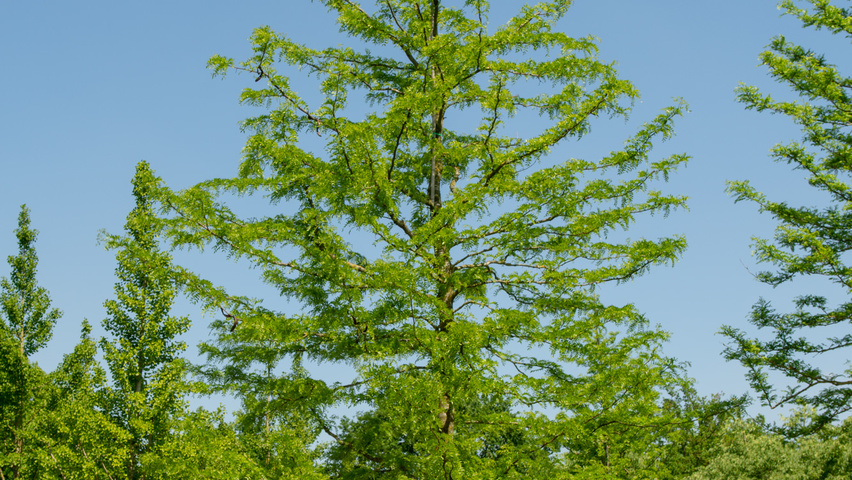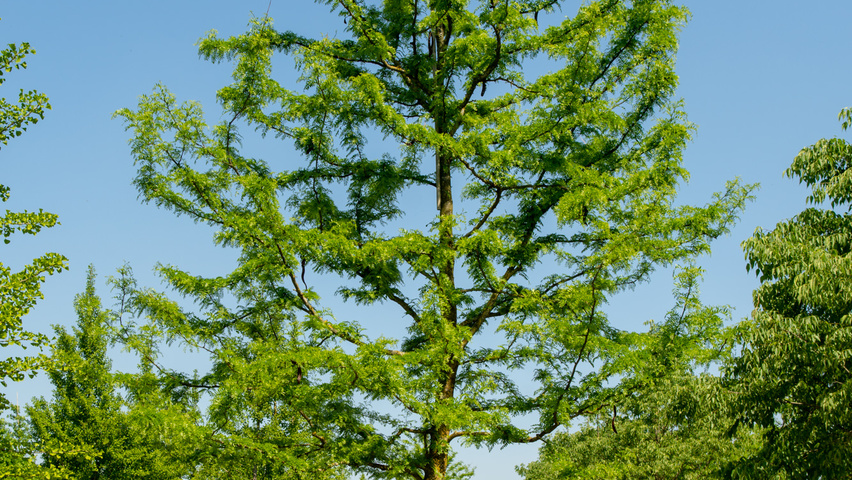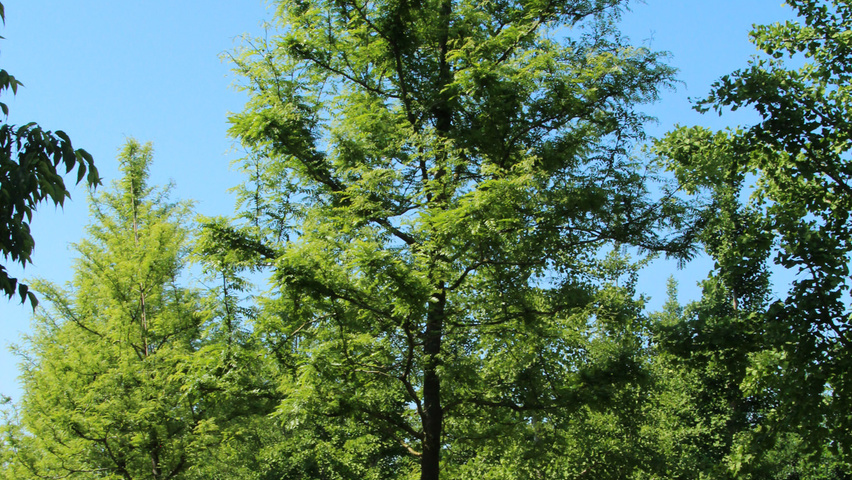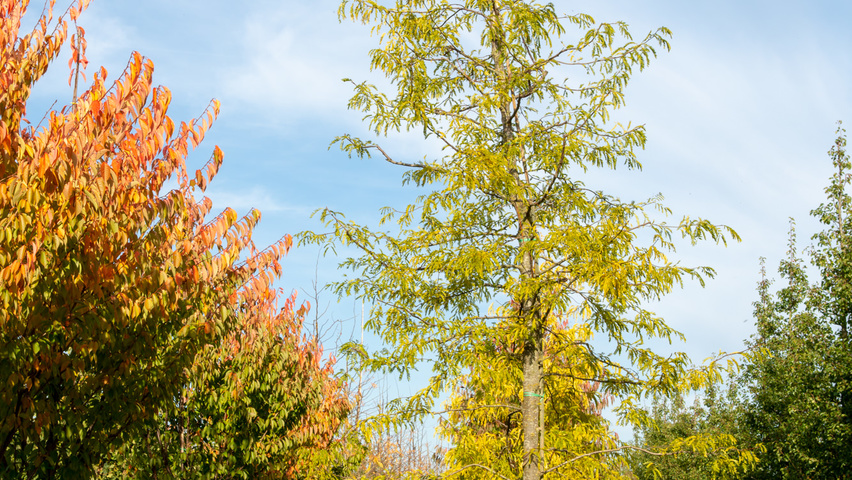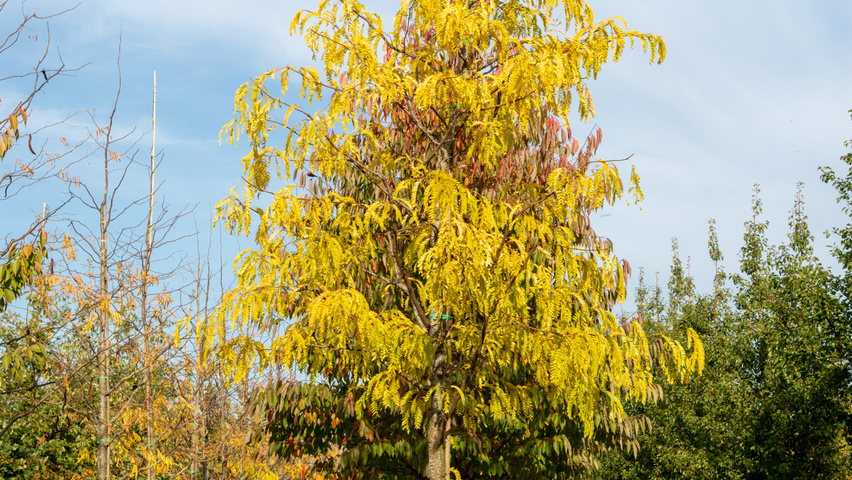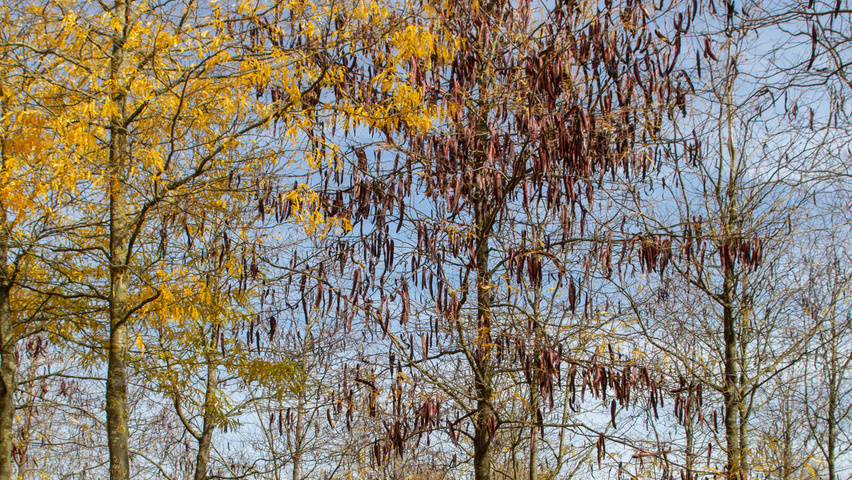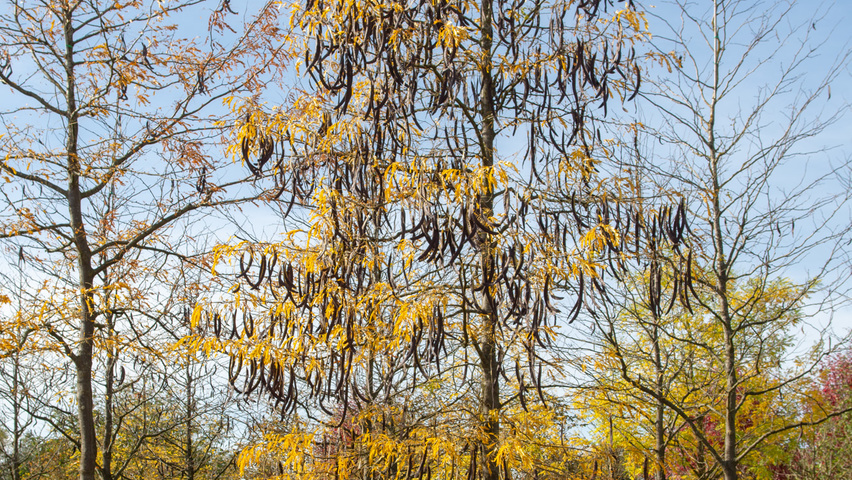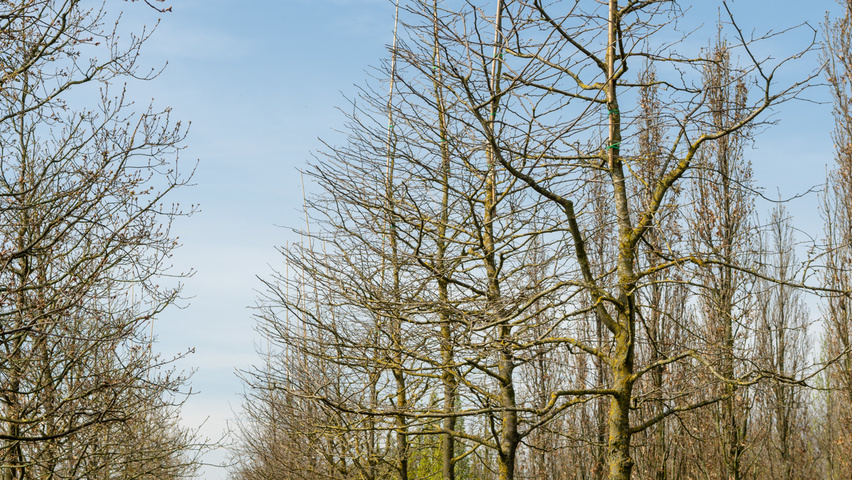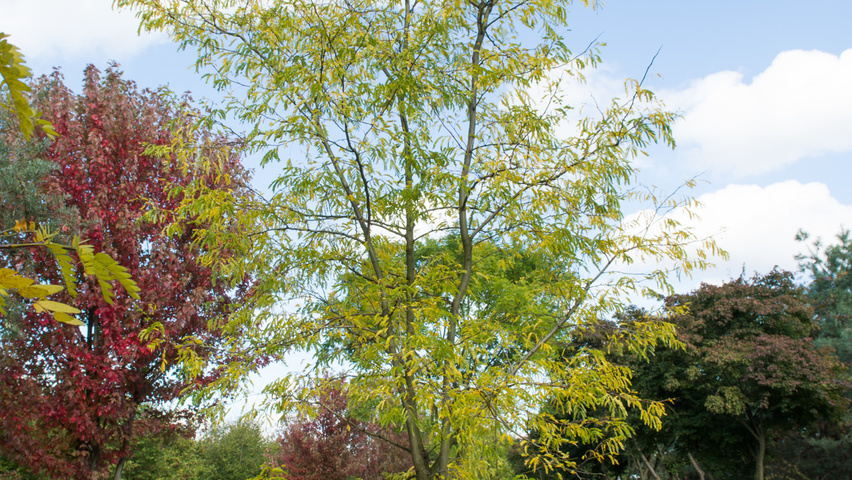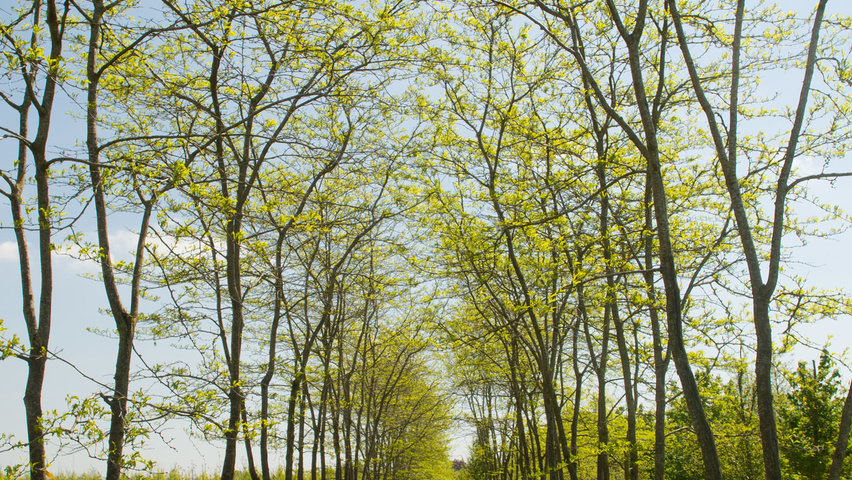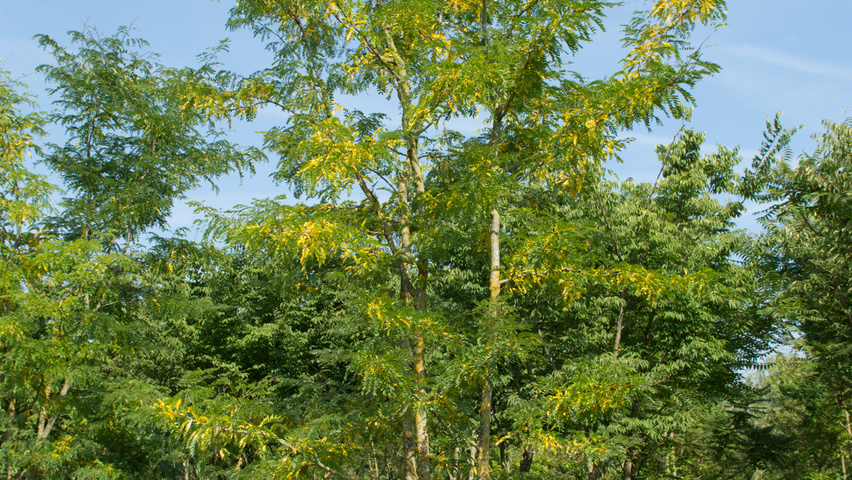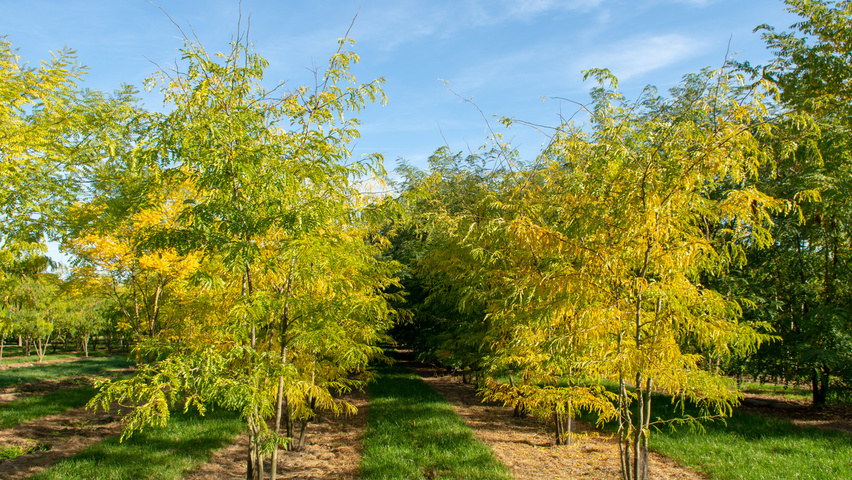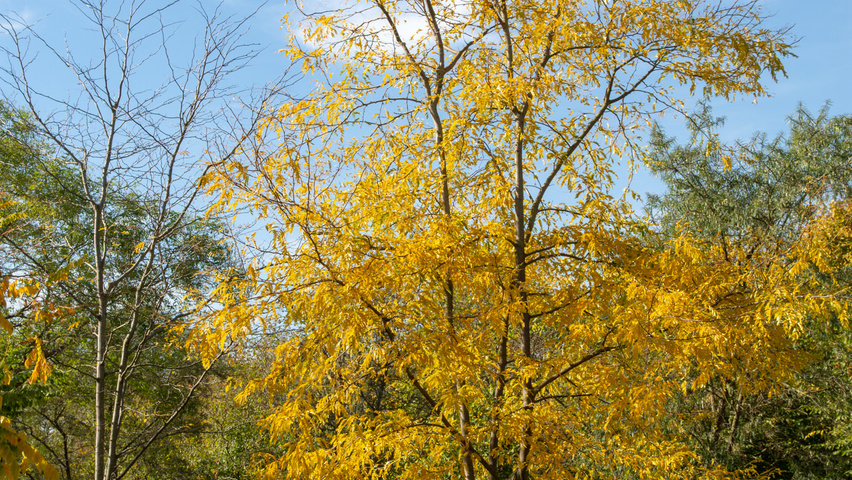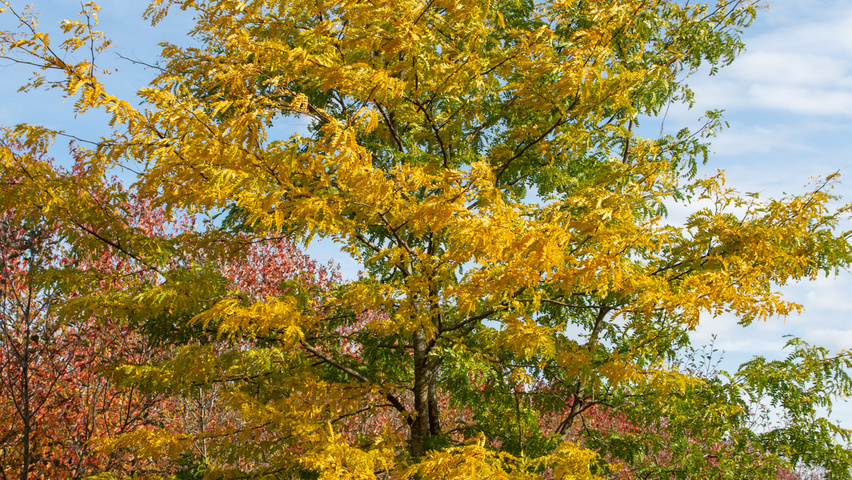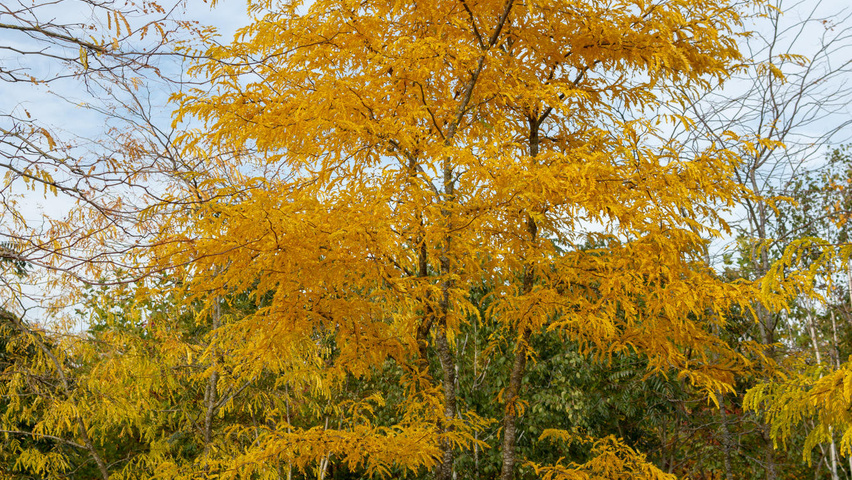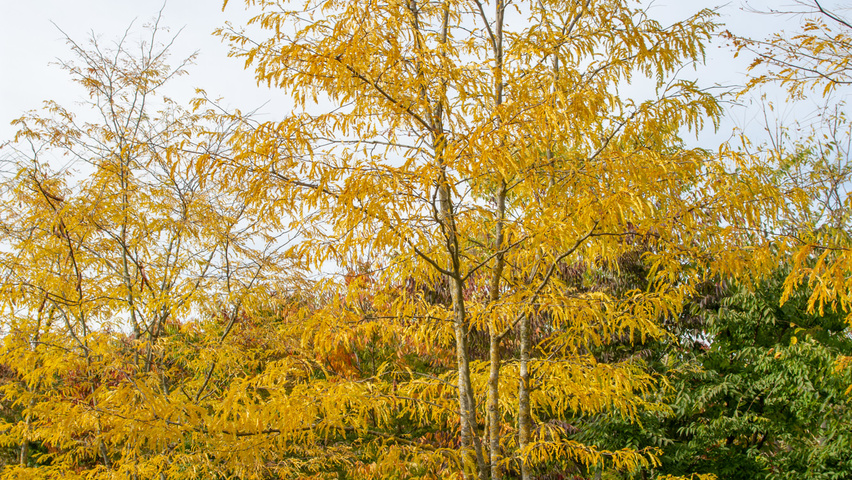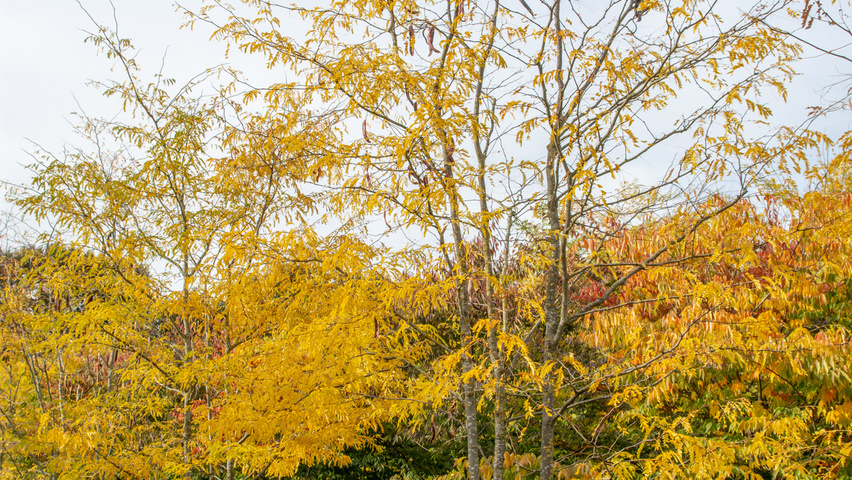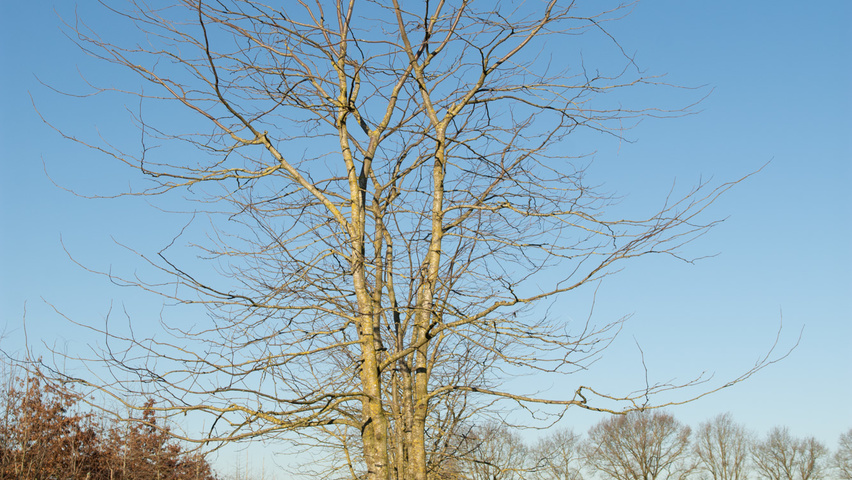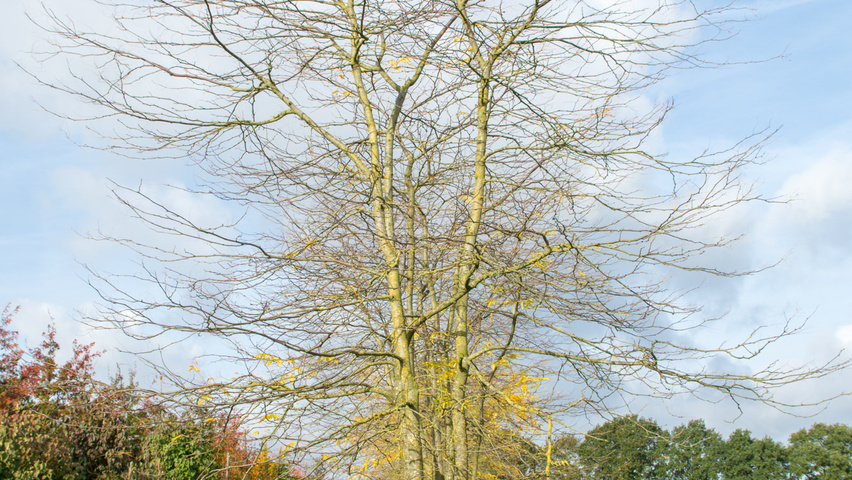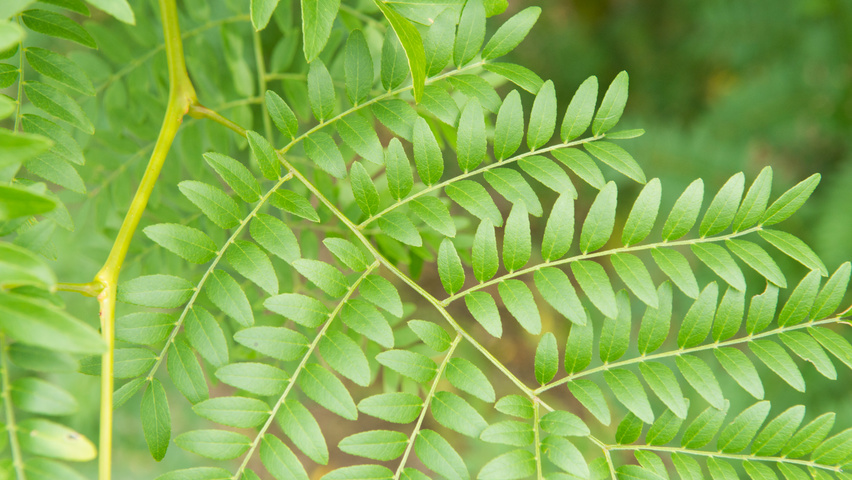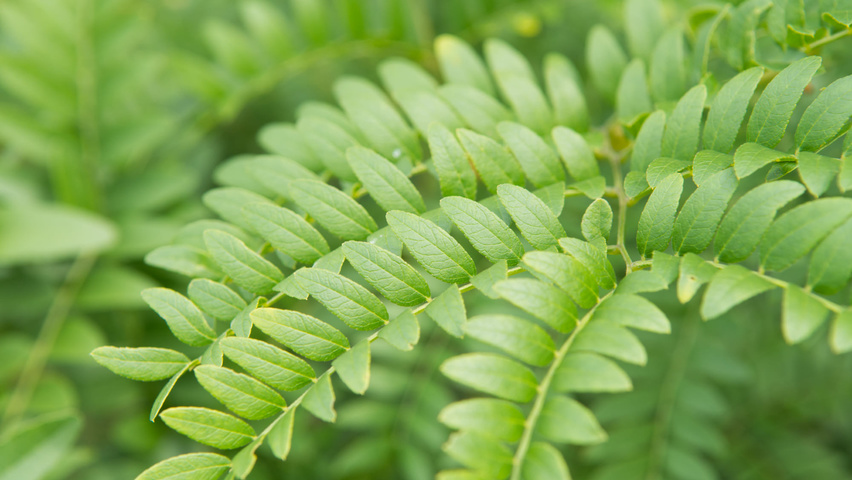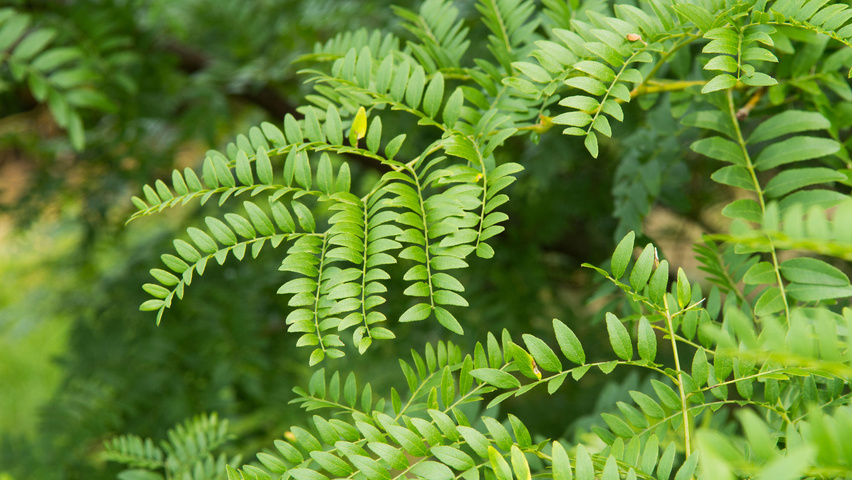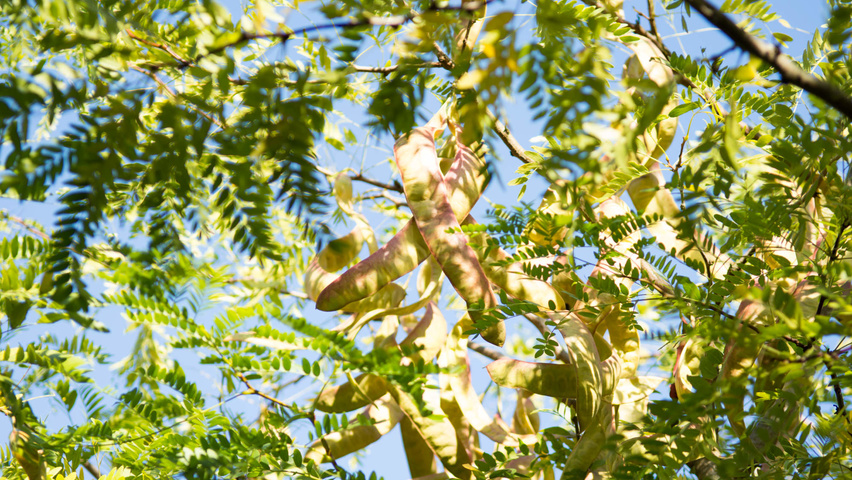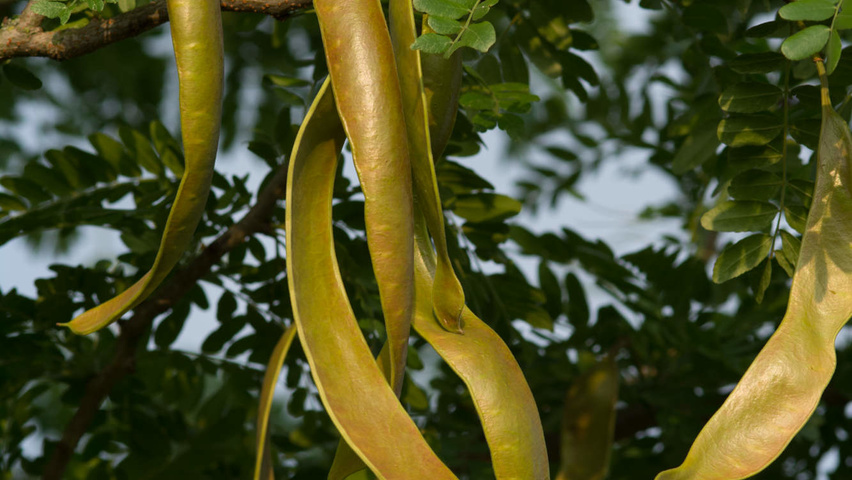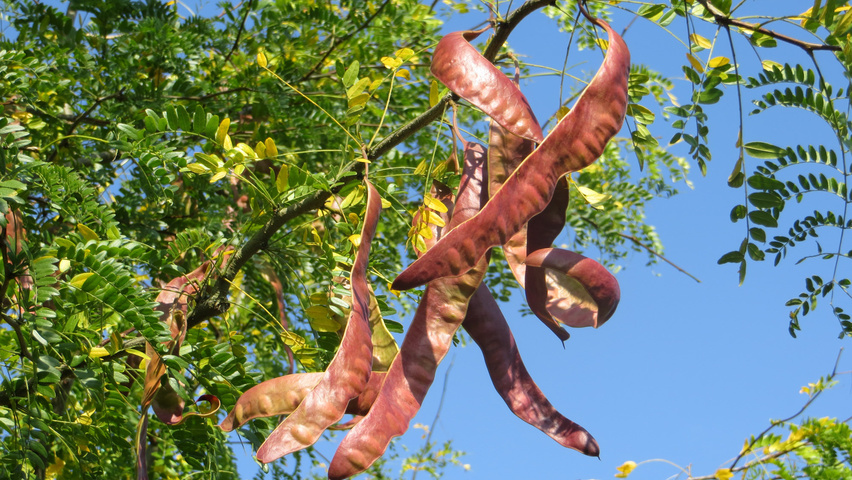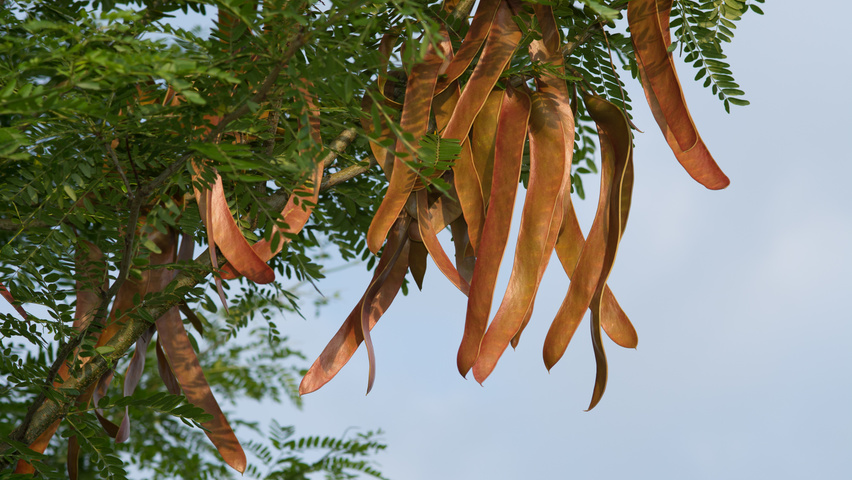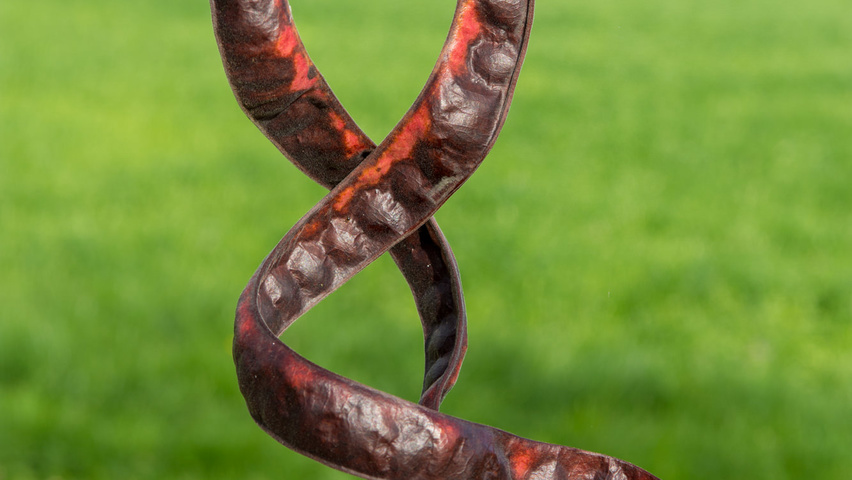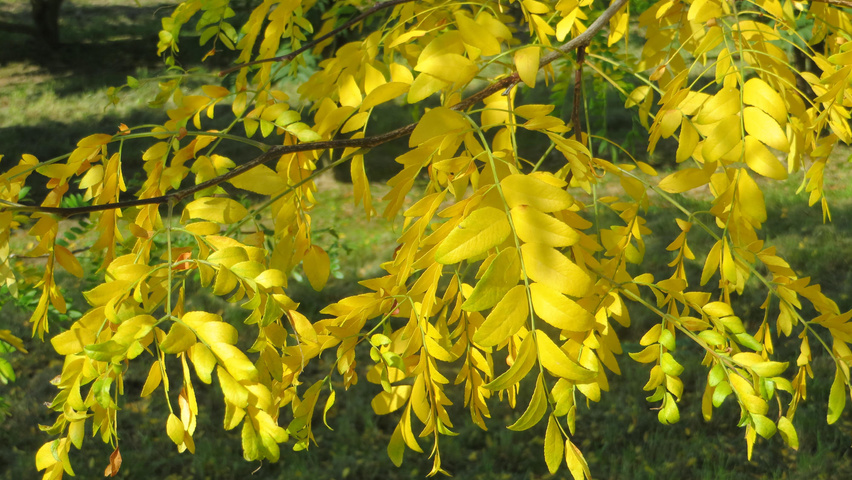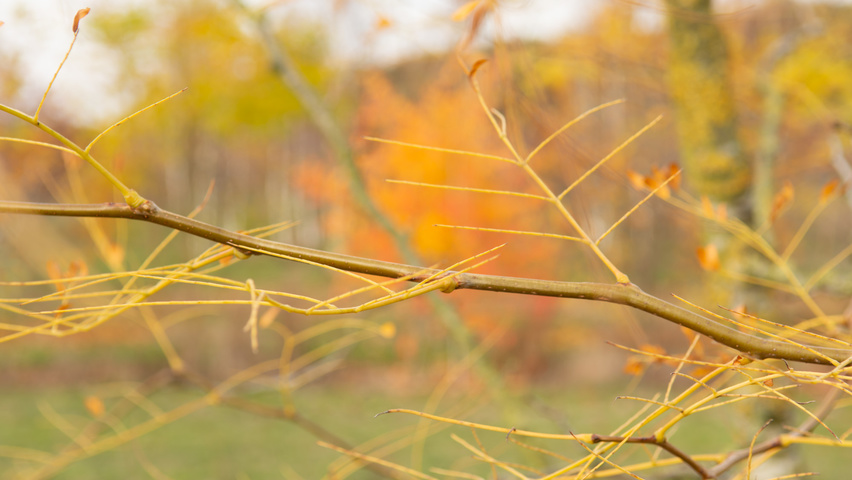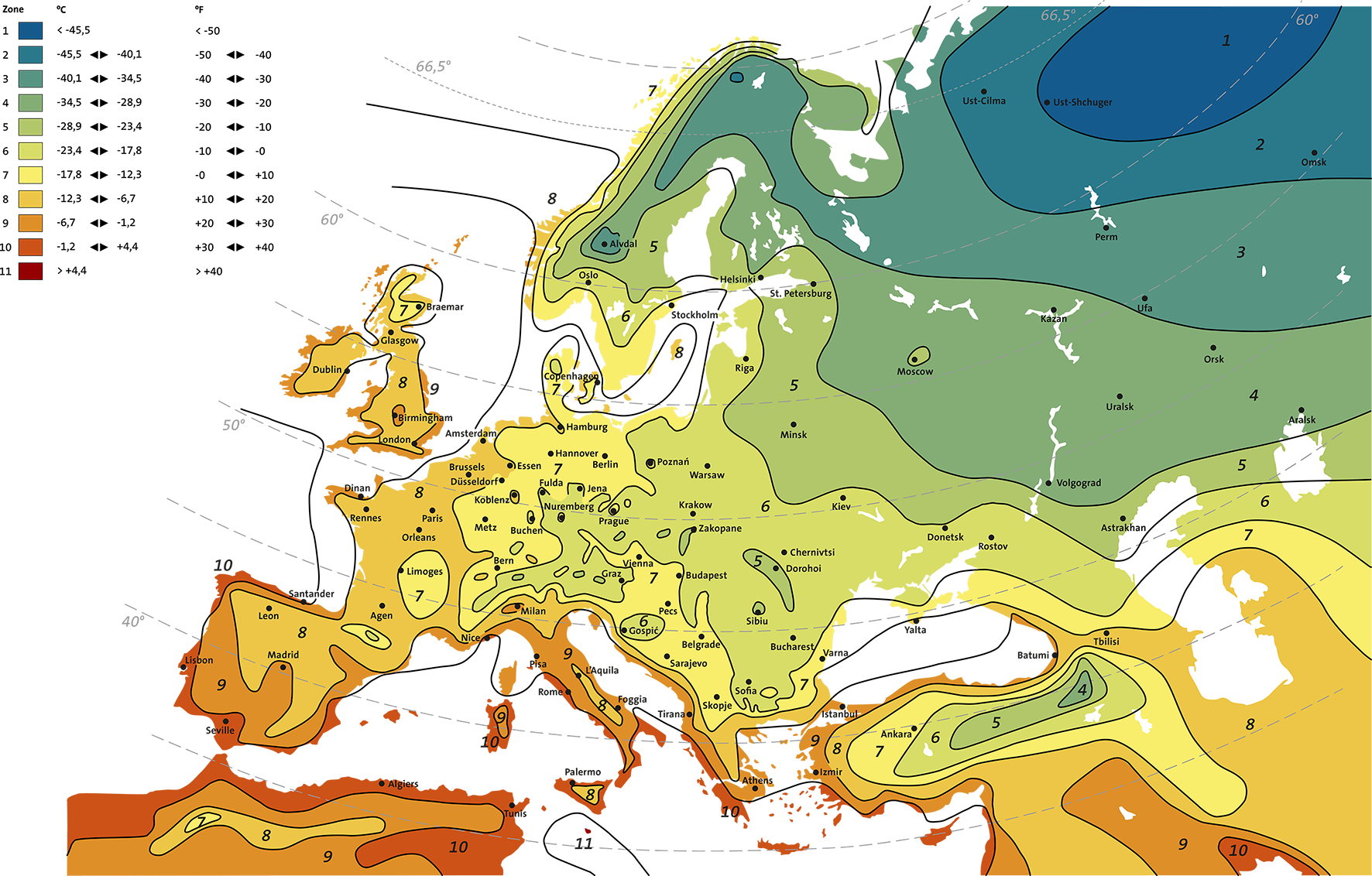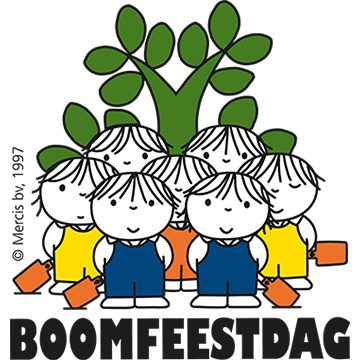A plant's winter hardiness is the coldest area in which it is frost-resistant. This is based on the average annual minimum temperature. Winter hardiness zones are thirteen different frost zones in steps of 5.5 degrees Celsius. This format is an international standard for the hardiness of plants. The zones in which the plant is frost-resistant are always included in the description of trees and other vegetation.
Winter hardiness is a genetic characteristic and is not influenced by the location in which the plant is cultivated. This means that a plant that has been cultivated for many years in winter-hardiness zone 6 but has a winter hardiness of 3 is perfectly suited for replanting in a colder zone. It will thrive there thanks to its genetic characteristics.
When choosing planting for a project, the winter hardiness of the plants is extremely important. By choosing species that match the zone in which the project is being created, it is possible to ensure that plants can withstand the minimum temperature in that area.

